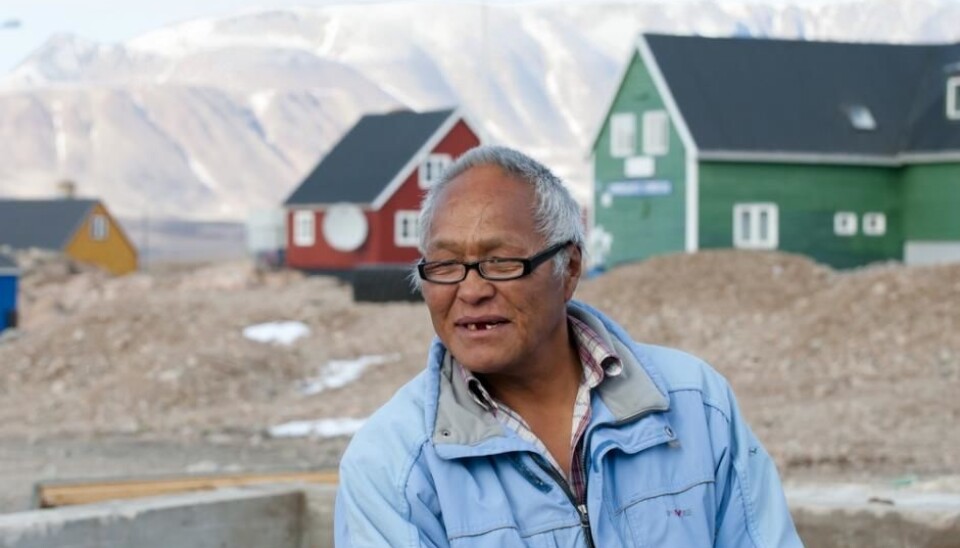
Diabetes epidemic threatens Greenland
GREENLAND: Type-2 diabetes barely existed in Greenland 50 years ago. But today the health system is struggling to control an emerging epidemic.
One hundred years ago, Greenland was predominantly a hunting society and Inuit lived primarily off the animals that they caught or shot.
But in the 1950's, Greenlanders embarked on a process of modernisation, and today, few Inuit live on a traditional subsistence diet.
“Greenland has undergone a huge development over a relatively short time. There’s been a huge change since the Second World War,” says Dr Michael Lynge Pedersen, from Queen Ingrid's Health Centre and University of Greenland (Illisimatusarfik), Nuuk, who studies diabetes in Greenland.
“There have been some improvements in health and Greenlanders are living longer. But there are also new diseases and a number of things that have gone awry. We can safely say that the modernisation process has changed the pattern of disease,” he says.
Unhealthy imported food
Many of the new diseases are lifestyle-related due to drastically a altered diet of processed and imported food along with a sharp increase in smoking.
Type-2 diabetes is a newcomer to the country, and a growing number of the Inuit population now suffer problems with blood sugar levels.
While global giants like McDonald's and other Western fast food chains have not yet invaded Greenland, the supermarkets in Nuuk offer all the trappings of a western diet, including cream cakes, cola, and chips. These processed foods are often far more expensive than fresh fruit and vegetables, which are not always available to buy in smaller settlements.
“Imported food is not inherently bad. The problem is that Greenland's population consumes largely the unhealthy, imported diet,” says health researcher Peter Bjerregaard, a professor at the National Institute for Public Health and the University of Greenland.
Less than one per cent of population diabetic in 1962
The consequences of Greenland’s rapid transition from a hunting society to a welfare state are a growing number of Greenlanders who are overweight, and an increase in the number of cases of type-2 diabetes.
"Type-2 diabetes hardly existed here fifty years ago. A large population study in 1962 tested people’s urine for diabetes and less than one per cent tested positive," says Pedersen.
Another study around the turn of the millennium found that this had risen to ten per cent in adults over the age of 35.
Diabetes epidemic is on the way
Pedersen has been studying diabetes in Greenland since 2008. He and his colleagues are battling to stop the disease in its track before it becomes a full-blown epidemic.
They have been busy developing an electronic database of patient records and rolling-out research-based treatments throughout the entire country. This includes the small, remote settlements, where there is often no doctor and inhabitants must get to hospital by plane or boat.
"In Greenland we’re probably just in the beginning of a diabetes epidemic and so the more we can do now to become systematised and efficient [in treating the disease], then so much the better,” Pedersen.
Infrastructure is a challenge
You might think that in a country with only 56,000 inhabitants it would be relatively straightforward for the Greenlandic health system to diagnose patients and get them on the right course of treatment. But in this sparsely populated country there is a unique set of challenges.
"Our health care system is flexible and small enough to cope, but a diabetes epidemic is a super tanker. Greenland is a huge country and many people live far apart from each other, scattered [in small isolated settlements]," says Pedersen.
"In some places there’s no doctor or nurse and health professionals in many of the smaller settlements often have relatively little training. The geography is a fundamental challenge."
-------------
Read the Danish version of this article on Videnskab.dk
Translated by: Catherine Jex










